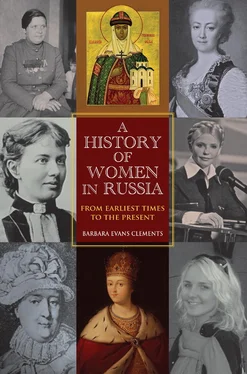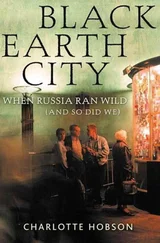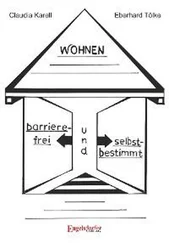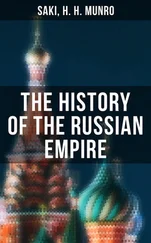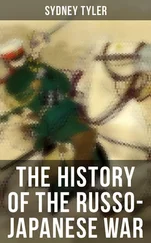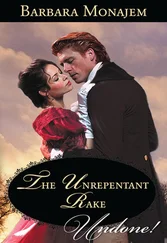And yet, despite periodic eruptions of civil war in the eleventh and twelfth centuries, the Rus population grew and spread across a sprawling territory. This expansion testified to the people’s success in wresting a living from the land and trading with their neighbors, but it also exacerbated tensions that plagued the warrior class. As families grew, claims to titles multiplied. Princely families that had settled in towns far from Kiev developed local ties and consequently felt less loyalty to the center. Even politically skilled princes, who managed to rally their cousins’ support for defense and trade, could not reverse the consequences of the elite’s proliferation and dispersal. By the early thirteenth century, therefore, political bonds between the rulers were growing dangerously weak.
THE LIVES OF WOMEN IN THE COUNTRYSIDE
The Slavic farmers on whom the warriors depended for food and taxes lived in small, stockaded villages scattered across the rolling grasslands of Ukraine and through the forests of today’s Belarus and western Russia. These country folk, like peasants elsewhere in Europe, were self-sufficient, feeding themselves by hunting, fishing, keeping livestock, gathering wild foods, and growing grains and vegetables. They made their clothes of flax, wool, and fur, their houses of wood, and their tools and weapons of wood and metal. To clear land for cultivation, they chopped down bushes and trees, burned the brush, and spread the resulting ash to enrich the soil. Then they planted seeds in shallow holes dug in the cleared land. This slash-and-burn agriculture quickly exhausted the soil’s fertility, but there was so much land that when the productivity of one field declined, the farmers could move on to another.
The rural folk of the Rus confederation were not serfs, as were so many peasants in Western Europe at the time. Instead, they were free to run their own lives, so long as they paid their taxes. They could even dodge that obligation by relocating to places beyond the reach of the warriors. There were no local landlords, adjudicating disputes and managing agriculture, as in Western Europe, because Rus warriors, true to their Viking roots, spent most of their time at war or on trading expeditions. The farmers only saw them or their representatives once a year or so, when they came around to collect taxes, paid mostly in furs and honey. The rest of the time the men in armor left the peasants alone.
The peasants’ relationship to the church was similarly remote, which was another major difference from the situation in Western and Central Europe. The Rus warrior elite began converting to Christianity in the eleventh century, but because the rulers had so little contact with the farmers and because their territory was so immense, it took centuries for the clergy, which worked under warrior sponsorship and with warrior funding, to extend their influence into rural areas. So the peasants kept on worshipping their nature gods and goddesses and lived free of church supervision for most of the Rus period. The church’s ability to enforce its will on the countryside would remain weak for centuries thereafter.
Women in the countryside spent most of their time producing the food and clothing that sustained their families. Dressed in homespun linen and wool, they cared for small livestock, grew vegetables, gleaned the fields after the men had reaped the grain, and gathered mushrooms, berries, medicinal plants, and wood for fuel. In their smoky cabins (chimneys were not common until much later), they made clothes, prepared food, and tended babies and young children. Midwives attended births, casting spells to keep evil spirits at bay and welcoming newborns into the world with potions, amulets, and lullabies. Men did the heaviest work—constructing tools and houses, chopping down trees and chopping up firewood, digging wells, plowing, and caring for cattle and horses. This division of labor, an ancient one among the tribes of Europe, was built on the differences in physical strength between men and women and on the fact that women spent much of their adult life pregnant or nursing. By Rus times, it was seen as the natural way of things across Europe. Plowing was men’s work, gleaning women’s.
THE LIVES OF WOMEN IN THE CITIES
The cities of the Rus confederation boomed in the late eleventh and early twelfth centuries. Many of them were little more than trading posts, but others, such as Kiev and Novgorod, grew into thriving communities graced by substantial churches and palaces. Historians have estimated the population of Kiev at the end of the twelfth century at forty or fifty thousand, which was roughly the size of Paris or London at the same time. 1In its crowded neighborhoods, artisans crafted weapons and tools, jewelry, enamelware, pottery, glass, and wooden goods. Merchants distributed all this, as well as luxury products brought from Byzantine and Arab lands. Some townspeople, women as well as men, could read, write, and do arithmetic, skills they used in managing their financial affairs. At the bottom of urban society, mostly working for the rich, were slaves, who had come into bondage by being captured in war.
As was common elsewhere in Europe during the medieval period, Rus cities were self-governing, with their own local leaders, town meetings, and common law. When Kievan princes began to exert more control in the eleventh century, townspeople zealously defended their rights. Contemporary chronicles refer to abusive princes being overthrown and even lynched by angry crowds.
MERCHANT WOMEN
The women of the middle ranks of town society supervised housework, shopped, kept financial records, and conferred with their husbands on the management of the family business, as merchant women did elsewhere in Europe. Some owned property in their own names and lent and borrowed money. Their clothes may have been similar in design to those of rural folk, but rich merchant women could afford much finer fabrics, including silk brought in by traders. They also bought imported and locally made jewelry, especially intricately carved combs, silver brooches, necklaces, and gold and silver bracelets and rings. Less affluent women dressed more plainly and lived more simply, selling goods in the markets and working as artisans. Spinning was considered women’s work among the Rus as elsewhere in Europe. Some surviving spindles have women’s names carved on them. 2
WOMEN OF THE RULING CLASS
The women of the Rus warrior elite had much in common with lower-ranking women. They too married men of their parents’ choosing, for marriage was considered an alliance between families, not a private matter to be decided by the couple. Elite and poor women were expected to be dutiful wives who bore healthy children and worked to support their families’ well-being. The women of the warrior class had more luxuries and status than poorer women, of course, and some additional obligations. They were supposed to set pious examples for their communities and to participate in their families’ jockeying for power and wealth, that is, in politics.
Elite women’s most passive involvement in politics was entering into the arranged marriages that helped establish and maintain good relations between powerful families. Daughters of the princes of Kiev became the brides of foreign kings, which attests to the fact that royalty abroad regarded Rus princes as their equals—and their daughters, therefore, as suitable consorts. Four of the granddaughters of Vladimir Monomakh (ruled 1113–25) married non-Rus princes: Malfrid became queen of Norway, Evfrosinia queen of Hungary, and Ingeborg queen of Denmark, and Dobrodeia married the nephew of the Byzantine emperor.
Elite women were also actively engaged in their families’ affairs. This was not unusual in medieval Europe, where politics took place within families and clans. The female relatives of Rus warriors were expected to advise their male kin, and that obligation entailed staying on top of political developments so as to inform brothers, husbands, or fathers of impending treacheries. Indeed, in that turbulent age it might mean death to discount the value of a wife’s sharp eyes and attentive ears. 3
Читать дальше
